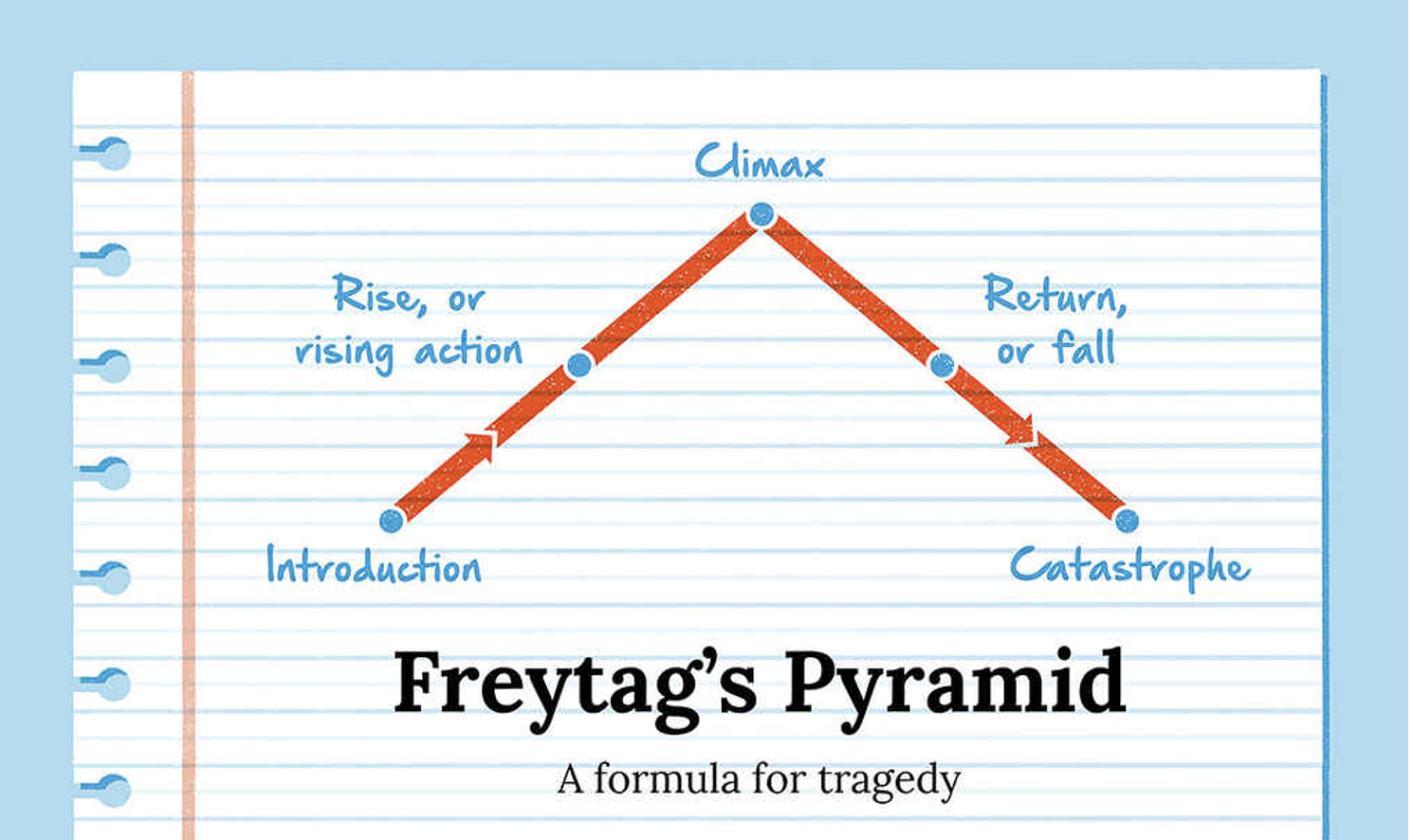The First Element of a Story: Character
Pauline J. Grabia participates in the Amazon Services LLC Associates Program, an affiliate advertising program, and earns from qualifying purchases from links in this post.
Please subscribe to my email newsletter for updates on my website and blog, and exclusive access to exclusive material in the Subscriber Content page of this website (see menu bar above). New content will be added regularly. You can sign up in the form found in the footer of this page. Thank you!
Recap: A story is made of five elements.
As discussed in the previous post, a story is made of up elements—five of them. Each of these elements is essential for a story to hold together. Without them, you don’t really have a story. These five elements are character, setting, plot, conflict, and theme. In this post, we will take a closer look at the element of character.
What is Character in a Story?
As defined in my last post, “A Character is someone or something that does something in the plot of a story. Sometimes, they don’t do much at all. Some are only referred to by other characters. They can be a person, animal, or other being. In some stories, objects, groups, forces of nature, and settings can take on the character role. Whoever or whatever the character is, he/she/it drives the plot forward, especially the main characters.” The main characters are the ones most affected by the conflict and events.
Types of Characters:
Characters can be categorized by general types based on their role in a story or their qualities. We will look at the types of characters in both categories.
By Role:
1. Protagonist: this character type is usually the story's main character. The action and conflict center around them, and they are who the reader is meant to relate to and/or care about. The protagonist has several sub-types, including the Hero and the Anti-Hero.
2. Antagonist: this character type opposes or “antagonizes” the protagonist. They have conflicting goals with the protagonist (even though they might be after the same thing). An antagonist isn’t always evil; they are the opposing force to the protagonist’s goal. When an antagonist is evil or has ill intent toward the protagonist, they are called a villain. This is especially true in thriller and horror stories.
3. Deuteragonist (Contagonist): this type of character is second in importance to the protagonist (aside from the antagonist) and is not in the spotlight but is often close to it. They often accompany and compliment the protagonist, offering help, advice, or moral support. A side-kick character is a type of deuteragonist.
4. Tertiary: A tertiary character is relatively transient, coming in and out of the Protagonist’s life. They may only appear in a scene or two. However, that doesn’t mean that they are unimportant to a story. Their presence, however temporary, may add special conflict or clues, as in a mystery or thriller.
5. Love Interest: this type of character appears in a story with a romantic subplot (in a romance story, there are two protagonists, the lovers, which is different from what is meant here by the love interest). This character is typically a deuteragonist, but not necessarily.
6. Confidant: the confidant is usually the Protagonist's best friend; they might also be the potential love interest, the side-kick, or a mentor-type. This is the character in whom the Protagonist confesses secrets and puts a great deal of trust.
7. Foil: The Foil type is someone whose personality, values, and/or character traits completely clash with the protagonist’s. This clash helps distinguish and highlight the Protagonist’s defining qualities. The foil helps us better appreciate who the Protagonist is by being the opposite.
By Quality:
1. Dynamic/Changing Character: this character type changes in some way throughout a story. They may or may not be round characters (which will be defined later), but in some way, they evolve to become better and wiser, or they devolve to become worse, like a villain. The protagonist of a story should always be dynamic. They are usually both dynamic and round. Some deuteragonists are dynamic as well.
2. Static/Unchanging Character: this character does not change throughout the story. They tend to be unlikable characters. Some antagonists are static characters, though the best villains are dynamic and round. Most tertiary characters are static.
3. Stock Character: this character type is one where they are familiar figures common in most stories repeatedly. Though not necessarily flat or static, they often are. They resemble character archetypes like “the chosen one” or “the mentor.” They can be the town gossip, the local vagrant, the friendly (or unfriendly) neighbor, etc.
4. Symbolic Character: this type symbolizes or represents something more significant than themselves. They usually tie into the greater message or theme of the story. Often, inanimate objects or even the setting can become symbolic characters in and of themselves.
5. Round Character: a round character is like a dynamic character in that they both usually change throughout their arcs. They differ in that the round character is nuanced and has characteristics that go deep into who the character is. They have a backstory, complex emotions, and relatable motivations for what they say and do.
Character Arcs:
The journey a character takes through a story is called their character arc. It’s part of the plot but goes beyond the mere plot to the inner and exterior struggles the character endures. The Protagonist’s character arc is the one most readers focus on, but other characters in a story have arcs, including the antagonist or villain. There are three character arcs: the Positive Arc, The Negative (Tragic) Arc, and the Flat Arc.
In the Positive Character Arc, the character, say, the Protagonist, begins the story in a place of inner conflict and turmoil, struggle, or denial, wanting something and likely needing something else entirely. Throughout the story, they face conflicts opposing their efforts to achieve their goal. As they endure each test and trial, they change a little and grow. Ultimately, they evolve from their initial state to a better one, having experienced growth and success.
In the Negative Character Arc, the Protagonist (or another character) starts in the same place of struggle, inner turmoil, and/or denial. As in the Positive Arc, they undergo conflicts, tests, and trials. However, in the Negative Arc, as the character faces each challenge, they regress and retreat to their harmful or unhealthy beliefs and behaviors. Ultimately, they submit to the worst of their flaws, embrace them, and devolve (fail). This is often seen in stories that are tragedies, like Shakespeare’s Macbeth and Othello.
The Flat Character Arc differs from the other two in that the Protagonist begins in an enlightened state, already possessing an important truth but existing in a world where that truth is rejected. The Protagonist (among others) suffers as a result. The Protagonist then goes through trials and tests, finding ways to teach those who accompany him or her their truth and to promulgate it for the betterment of society. By this process, the Protagonist solves the conflict of the story.
Character Motivation is Key
For the story to move forward and the character to be propelled through it, he or she needs a motivation or need. Not having this need and going after it drives the narrative and conflict, which we will learn more about in a future post, keeps the story moving. There are many types of motivations that can drive a character. Here is a list of nine universal character motivations found in literature. In the future, I will return to this list and explore them in detail. For now, I will simply list what they are.
1. Survival
2. Love
3. Freedom
4. Relaxation/Enjoyment
5. Creation
6. Belonging
7. Protection
8. Understanding
Much more could be said about the importance of the character element in constructing a story. There are the Jungian Archetypes that are often drawn upon when creating characters. Character creation is a primary task of a good writer, and in the future, I will go into more detail about both topics. For now, I hope this has provided you with a better understanding of what character is in a story and why it is a vital element.
In the next post, we will explore the second element of a story: setting.
Thank you so much for reading this post and visiting my blog. Please sign up for my newsletter for a monthly update about the website and blog and exclusive access to the material on my Subscriber Content page at www.paulinejgrabia.com. I am honored that you have taken time out of your day to read what I have to offer, and I will endeavor to continue to post blogs that are worthy of your continued attention. May God bless you richly.
Pauline J. Grabia





In previous posts, we have explored various forms of story structure, including Freytag’s Pyramid, the Fichtean Curve, and the Hero’s Journey. Each of these is an effective story structure for a writer, depending on the narrative. The Three-Act Story Structure is one of the most used story frameworks in literature and film. This structure divides the story into three main sections or acts: Act 1, the Setup (or Beginning); Act 2, the Confrontation (or Middle); and Act 3, the Resolution (or Ending). This will not be a comprehensive exploration of the three-act structure, as there are other blogs listed at the end that do a much better job than I could of deeply examining the elements of this structure.